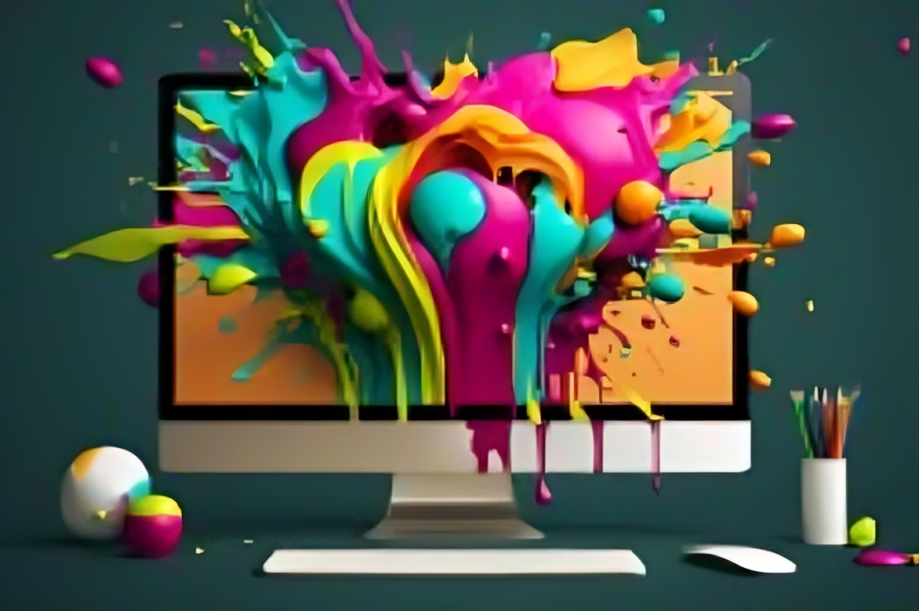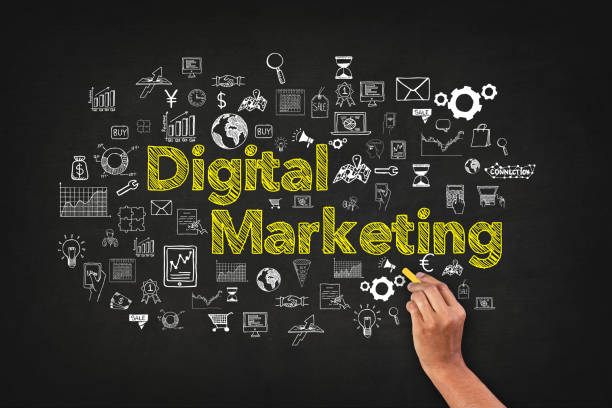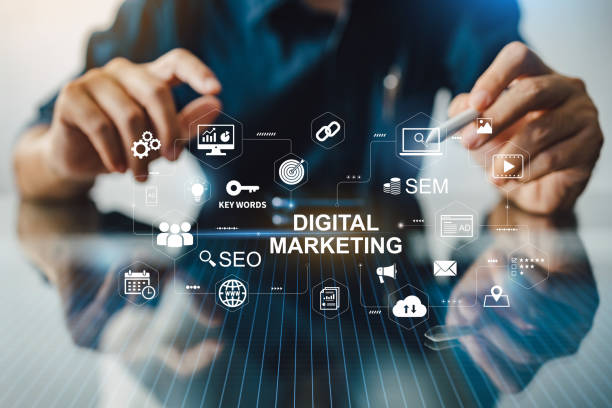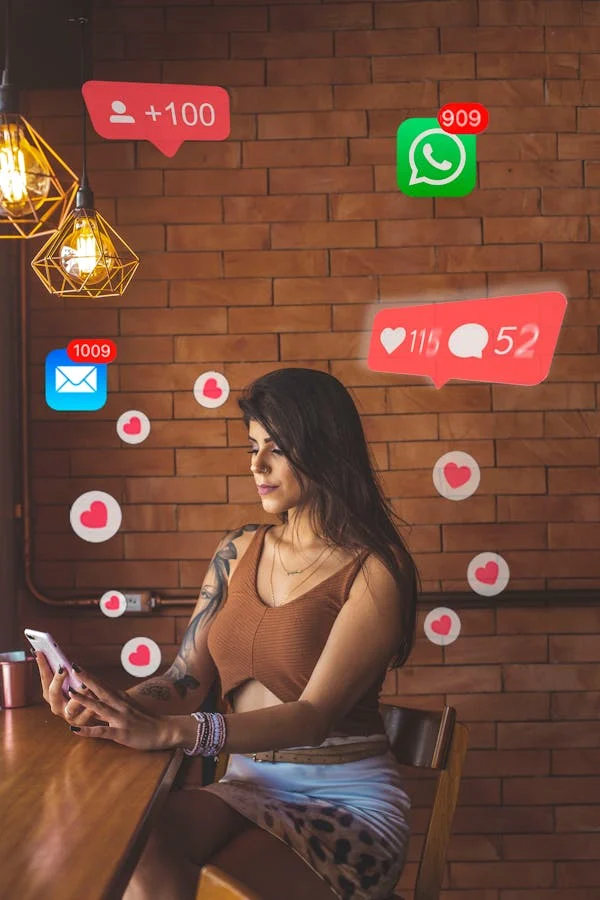Best Digital Marketing Agency in Delhi

The significance of having a strong online presence in the fast-paced digital world of today cannot be emphasized. Businesses across the globe are leveraging digital marketing to reach their target audience more effectively. If you’re searching for the best digital marketing agency in Delhi, you’ve come to the right place. This guide will help you understand what makes an agency stand out, the services they offer, and how to choose the right one for your business.
Understanding Digital Marketing
Digital marketing encompasses a wide range of strategies and tools designed to promote products or services online. This includes search engine optimization (SEO), pay-per-click (PPC) advertising, social media marketing, content marketing, email marketing, and more. The goal is to connect with customers in a meaningful way, build brand awareness, and drive conversions.
Why Choose a Digital Marketing Agency?
Partnering with a digital marketing agency in Delhi can offer several advantages:
- Expertise and Experience: Digital marketing agencies employ professionals with expertise in various fields. This means your campaigns are crafted and executed by experienced individuals who understand the latest trends and best practices.
- Time Efficiency: Managing digital marketing efforts can be time-consuming. By outsourcing to an agency, you can focus on core business operations while the experts handle your online presence.
- Cost-Effective Solutions: A good agency can provide tailored solutions that fit your budget, potentially offering a higher ROI compared to in-house efforts.
- Access to the Latest Tools: Digital marketing agencies often have access to premium tools and software that can enhance your marketing efforts, from analytics to automation tools.
- Measurable Results: Agencies can provide you with comprehensive reports and analytics to track the success of your campaigns. This data-driven strategy makes it possible to improve continuously.

Top Services Offered by Digital Marketing Agencies
When searching for the best digital marketing agency in Delhi, consider the range of services they offer:
1. Search Engine Optimization (SEO)
To increase the visibility of your website on search engines, SEO is essential. A reliable agency will use on-page and off-page strategies to enhance your rankings and attract organic traffic.
2. Pay-Per-Click (PPC) Advertising
PPC campaigns allow businesses to appear at the top of search results instantly. Agencies can manage your ad spend, targeting, and ad creatives to maximize your ROI.
3. Social Media Marketing
Social media platforms are powerful tools for engagement and brand awareness. An effective agency will develop a strategy that resonates with your audience across platforms like Facebook, Instagram, LinkedIn, and Twitter.
4. Content Marketing
The secret to drawing in and keeping clients is producing high-quality content. Digital marketing agencies create engaging blog posts, articles, infographics, and videos that add value to your audience.
5. Email Marketing
Email marketing remains one of the most effective channels for customer engagement. Agencies can design and implement targeted email campaigns that nurture leads and drive conversions.
6. Web Development and Design
A strong online presence requires a website that is easy for users to navigate. Many digital marketing agencies offer web development services to ensure your site is not only visually appealing but also optimized for performance.
7. Analytics and Reporting
Analyzing data is essential to determining how successful your marketing campaigns are. Agencies provide detailed reports that help you make informed decisions and adjust strategies as necessary.
Selecting Delhi’s Top Digital Marketing Firm
Selecting the right agency can be challenging, given the plethora of options available.Here are some important things to think about:
1. Portfolio and Case Studies
Reviewing an agency’s portfolio can give you insights into their expertise and the types of clients they’ve worked with. Seek out case examples that illustrate their capacity to produce outcomes.
2. Client Testimonials and Reviews
Feedback from previous clients can provide valuable information about the agency’s performance and reliability.Check for reviews on social media, Google, and Clutch, among other platforms.
3. Services Offered
Ensure the agency offers the specific services you need. Some agencies may specialize in certain areas, while others provide a full suite of digital marketing services.
4. Industry Knowledge
Choosing an agency with experience in your industry can be beneficial. They’ll have a better understanding of your target audience and market trends.
5. Communication and Support
Effective communication is crucial for a successful partnership. Ensure the agency is responsive and open to discussing strategies and results.
6. Pricing Structure
Understand the agency’s pricing model. Some may offer fixed packages, while others may work on a retainer basis.Make sure the expenses fit your projected ROI and budget..
Conclusion
Finding the best digital marketing agency in Delhi can significantly impact your business’s online success. By leveraging the expertise of a dedicated team, you can enhance your digital presence, engage with your audience, and drive more conversions.
When evaluating potential agencies, consider their experience, service offerings, and past performance. The right partnership can lead to innovative strategies and measurable growth, positioning your business for long-term success in the competitive digital landscape.
In summary, investing in a top-tier digital marketing agency in Delhi is not just a choice; it’s a strategic move towards elevating your brand and reaching your business goals effectively. Whether you’re a startup looking to establish your presence or an established company seeking to improve your digital strategy, the right agency can make all the difference.









